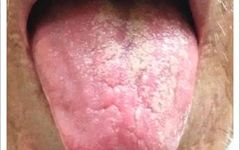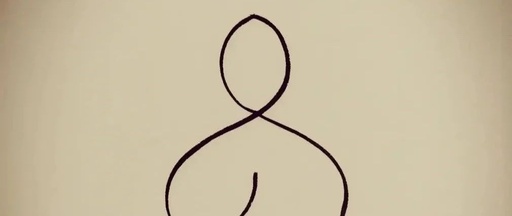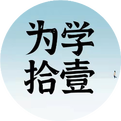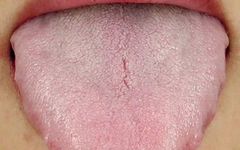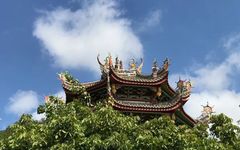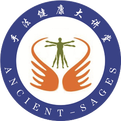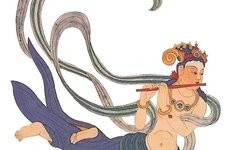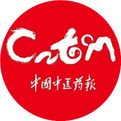What Does ‘Supporting the Zheng’ Mean in Traditional Chinese Medicine?
Every day, what wakes you up is not the alarm clock, but your posture. Winter diseases Summer nourishment The brief spring is about to pass, and the consecutive days of over thirty degrees remind us that summer is coming. Every summer, just like the winter supplementation, “winter diseases summer nourishment” will be the hottest topic. … Read more


